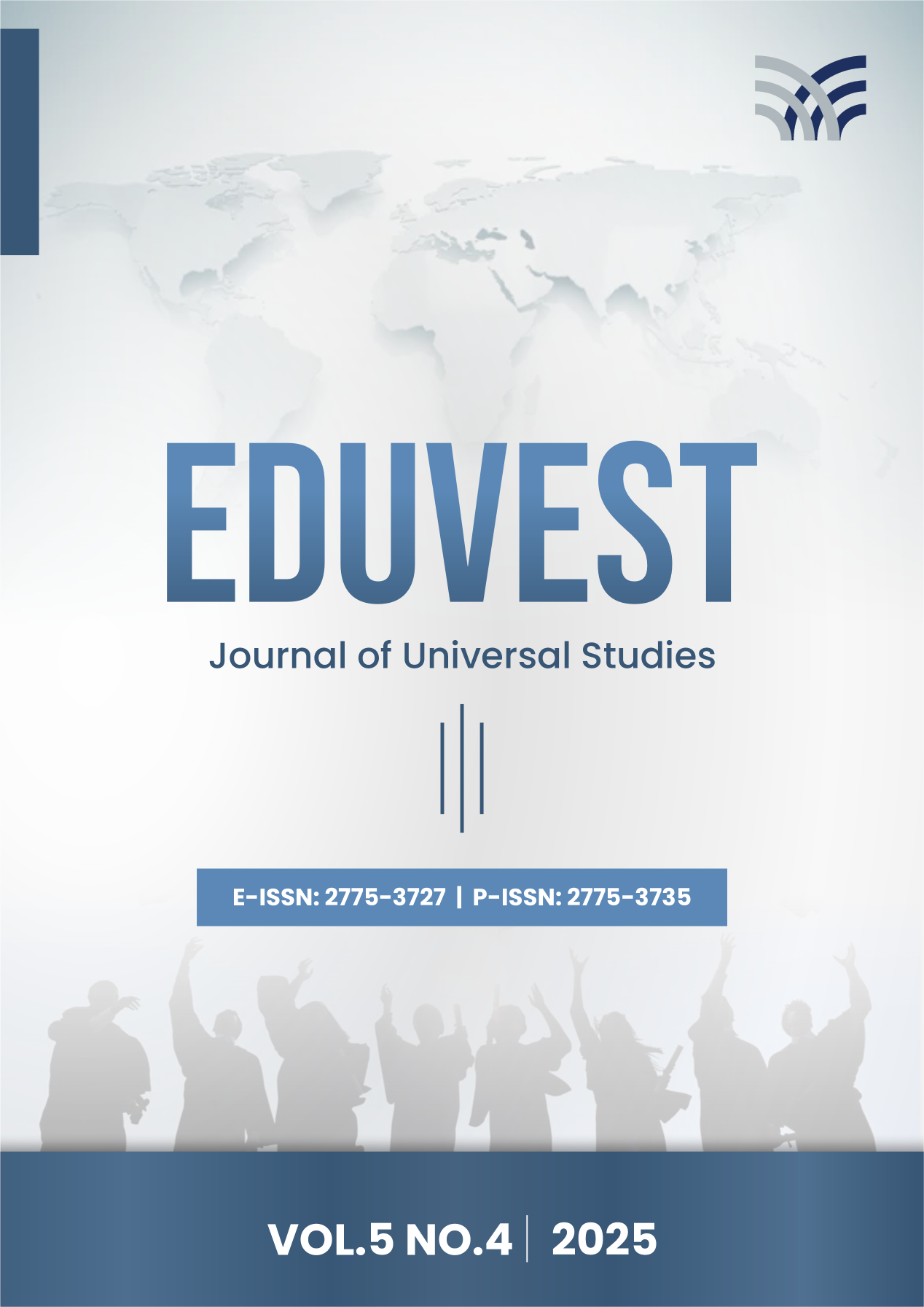Optimization of The Use of Geographic Information Systems (GIS) in Market Analysis and Development Strategies
DOI:
https://doi.org/10.59188/eduvest.v5i4.51104Keywords:
GIS, market analysis, consumer behavior, SMEs, spatial data.Abstract
This study aims to optimize the use of Geographic Information Systems (GIS) in market analysis and development strategies, focusing on SMEs in West Java. A mixed-method approach was employed, integrating quantitative spatial analysis and qualitative data from surveys and interviews. Primary data were collected through questionnaires administered to 150 business owners and 300 consumers, combined with secondary demographic maps from the Geospatial Information Agency (BIG). Spatial analysis utilized hotspot analysis and buffer analysis in ArcGIS. Key findings include: (1) Three regions identified as potential market hotspots (North Bandung, Central Cimahi, Central Sumedang) with consumer density >50 people/km²; (2) GIS usage showed a significant positive correlation with sales growth (r = 0.72; p < 0.01), contributing to 58% of sales variation; (3) Main barriers to GIS implementation were licensing costs (45% of respondents) and technological literacy (60%). Strategic recommendations include open-source GIS training (QGIS) and developing an integrated data platform for SMEs. These findings prove that GIS is not only effective for mapping but also as a spatial data- driven decision-making tool that can enhance business strategy accuracy by up to 40%.
Downloads
Published
How to Cite
Issue
Section
License
Copyright (c) 2025 Muhammad Andhika Permata, Novi Rukhviyanti

This work is licensed under a Creative Commons Attribution-ShareAlike 4.0 International License.











